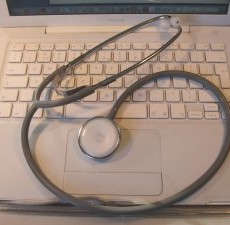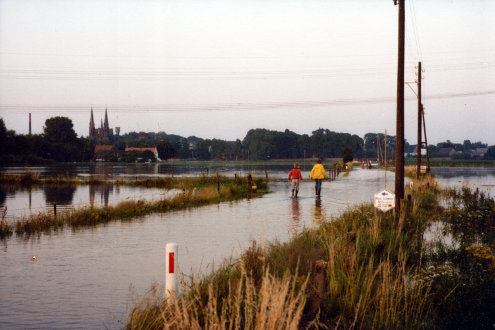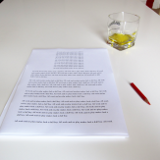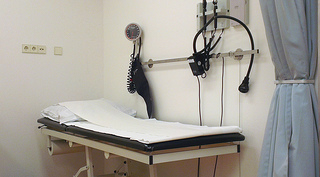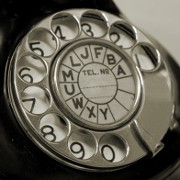
A joint Dutch-Belgian study of the NIOZ Royal Netherlands Institute for Sea Research and the Vrije Universiteit Brussel (VUB) has shown that there are bacteria in the North Sea that send signals to each other, much like using a telephone, over long distances. The bacteria are able to do so by using electrical signals with alternating current. Earlier researchers discovered that micro-oganisms could talk to each other, but their calls were usually local.
“We already knew that long-winding cable bacteria were living in the seafloor of the North Sea, which are capable of establishing an electrical current across centimeter distances,” explains team leader Professor Filip Meysman. “The really exciting discovery is that these bacteria are capable of adapting their electrical current generation, which enables signal transmission in the seafloor. This way the electricity-generating cable bacteria are essentially functioning as telephone cables.”
The discovery could mean all kinds of useful future applications. “Maybe within some years, solar panels or smartphones will harbor minuscule conducting wires of bacterial origin,” adds Meysman.
(Links: nieuws.nl, www.nioz.nl, Photo by Macinate, some rights reserved)

